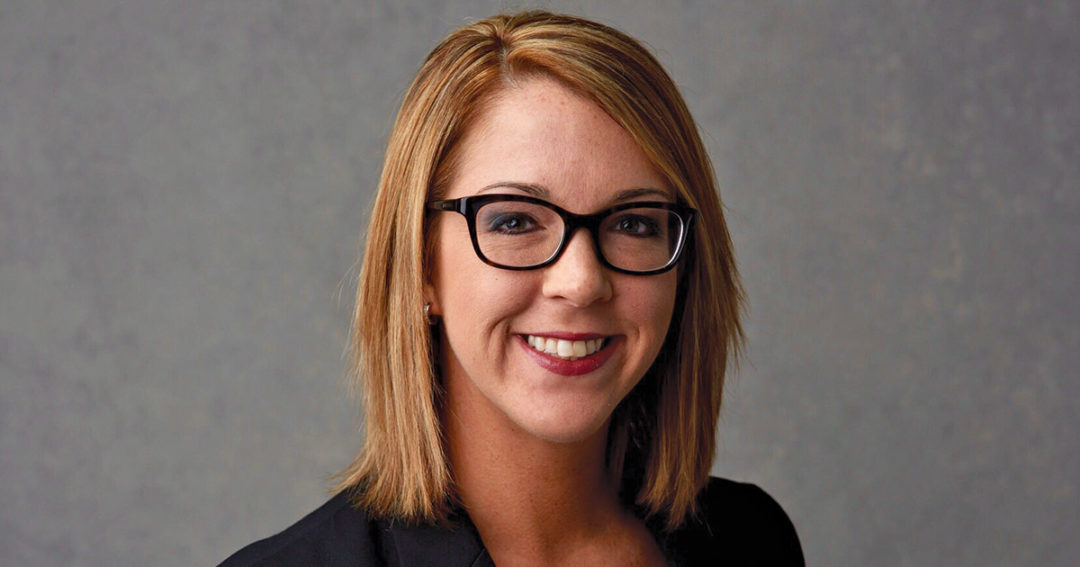
The right turnaround
Jennifer Borowy guided Buckeye State CU down the road to improvement.
Before Jennifer Borowy became president/CEO of Akron, Ohio-based Buckeye State Credit Union in 2016, it had lost $3.5 million in three years and its net worth had dipped to 6%.
Since then, $79 million asset Buckeye State has increased its earnings by more than $1.2 million and improved capital to 8.45%.
“It was a rough road,” recalls Borowy, who has since left her position at the credit union.
Her turnaround strategy featured 7 a.m.-to-11 p.m. work days and included forming an engaged senior leadership team, communicating so changes were transparent, cutting expenses by reviewing contracts, selling the administration building, and closing one of five branches. It also meant eliminating indirect lending and focusing on organic lending. Ultimately, the credit union had to “do what’s right for members,” she says.
“One of our problems was indirect lending,” Borowy explains. No one had “evaluated whether it worked. The $35 million indirect lending portfolio was yielding 0.67%, and we were borrowing money to fund it.”
Besides the lending strategies, her main focus was to ensure employees bought into the changes. “Communication was key,” Borowy says. “Everyone had to understand the changes that we needed to survive.”
CUNA News Podcast
Anatomy of a credit union turnaround with Jennifer Borowy
Borowy found a way to not only turn Buckeye State CU around, but to transform its culture.
Buckeye State’s loans-declined ratio had hit a whopping 50%. “We had stopped listening to members,” she says. “We said ‘no’ so often they stopped coming.”
To remedy this, she implemented a new training structure to improve employees’ conversations, so they focused on members’ needs.
Her team also centralized lending, underwriting, processing, and quality control for an easier loan process. It also conducted a social media campaign to win back members. A “Million Dollar Challenge”—launched in June 2016 “to save members a million dollars by Dec. 31”—booked $6 million more in loans than in 2015. Last year employees booked 200 more loans than the previous year—at a yield of 7.73%.
“We did the best we could, as fast as we could, with as much information as possible to make the best decisions,” she says.
